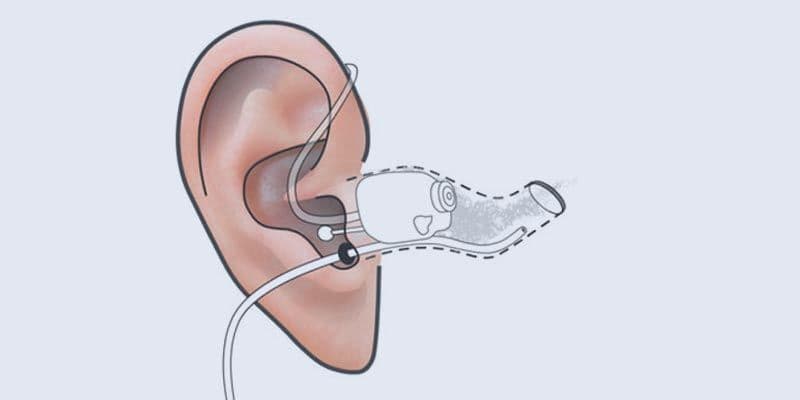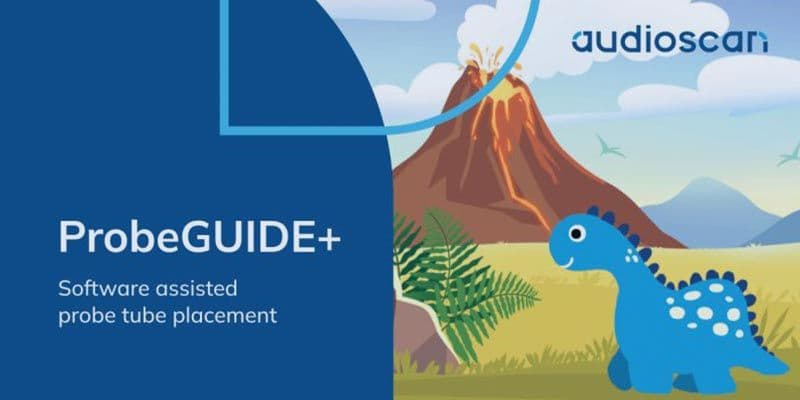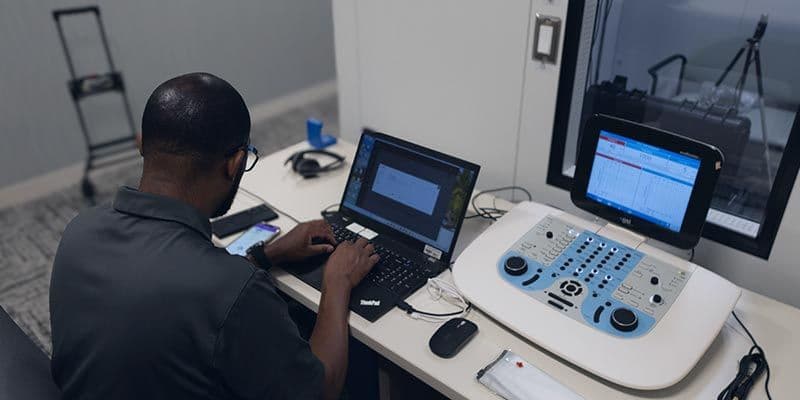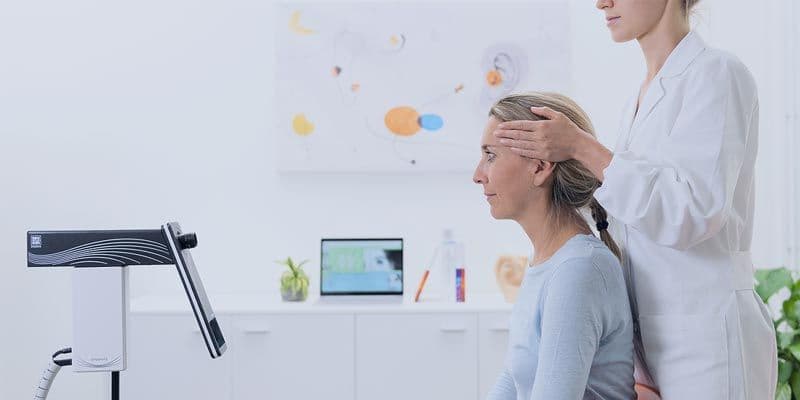Tips for Selecting and Using REM Probe Tubes
- Always verify machine compatibility before purchasing replacement tubes.
- Inspect tubes for wear or damage before each session.
- Keep a variety of tube types on hand if your clinic uses multiple REM systems.
- When in doubt, speak to the manufacturer of your system directly to ensure you’re using the correct probe tube.
Signs You’re Using the Wrong REM Probe Tube
- Calibration errors – Your system struggles to calibrate or gives error messages.
- Loose or mismatched connector – Tube doesn’t fit securely, or handle color doesn’t match system specs.
- System warnings – Your REM machine flags compatibility issues or fails to recognize the tube.
- Inconsistent results – Measurements vary too much between sessions or patients.
- Patient discomfort – Patients report pain or irritation during insertion.
- Improper placement – Tube bends, kinks, or doesn’t reach the correct depth.
- Low SPL readings – Sound pressure levels are lower than expected, affecting accuracy.
- Tube damage – Tubes show wear, cracks, or deform easily.
Why the Right Probe Tube Matters
- Accuracy: Probe tube placement directly affects real-ear sound pressure level readings.
- Patient Comfort: Tubes that fit well and are compatible with your system minimize discomfort.
- System Compatibility: Different REM machines require specific tube lengths, diameters, and connectors.
- Consistency: Using the correct tube ensures reproducible results between sessions and across patients.
Choosing the right probe tube is a small but crucial part of achieving accurate real-ear measurements. By matching your tube to your REM system, you can improve fitting precision, patient comfort, and the reliability of your audiometric assessments.
Mye3shop offers a wide selection of essential audiology supplies to support your day-to-day needs. Our inventory is designed to keep your practice stocked and running efficiently, from ear tips and probe tubes to ear impression material and more.






